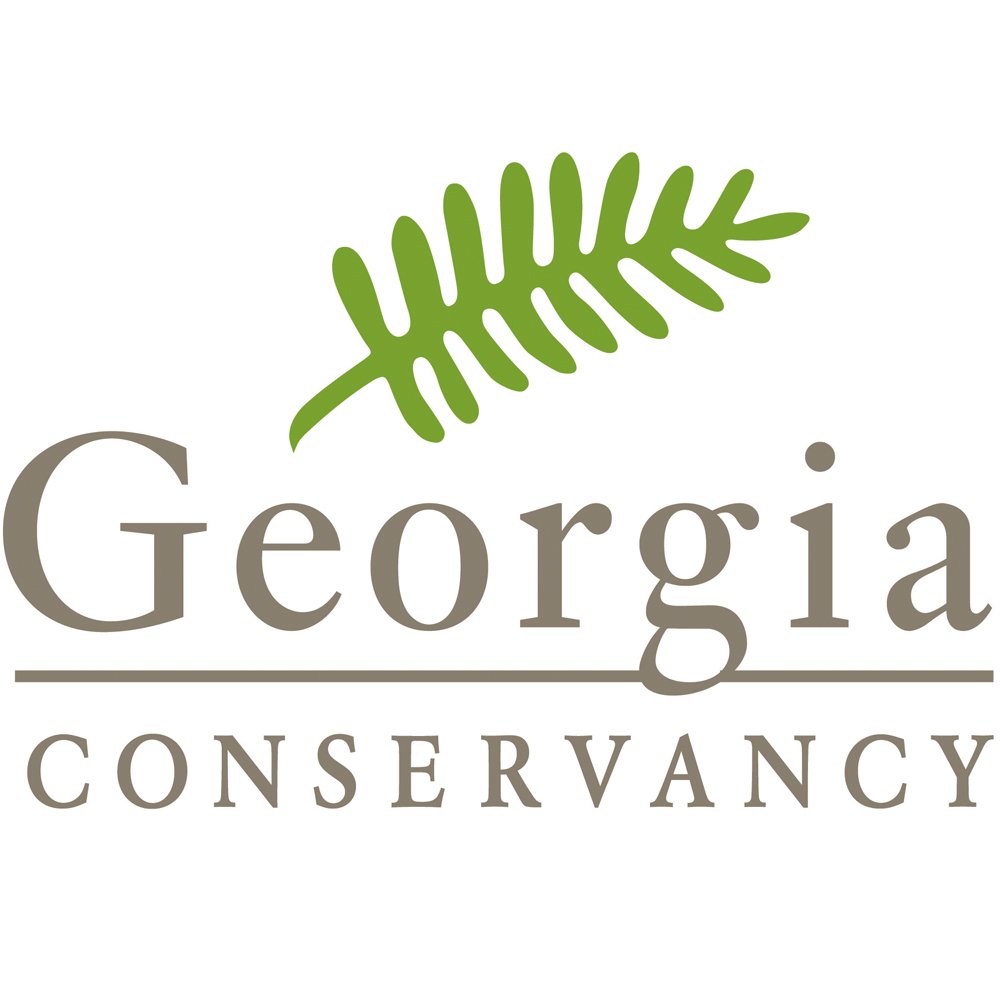A Different Perspective On Housing in Georgia
Cities are established on the assumption they will exist for a very long time. The world's oldest cities continue to use original streets, buildings, and public spaces, even amidst new construction and technology improvements. Historical patterns of city design– characterized by smaller blocks, different-sized lots, various housing types and regular networks of streets– offer a more flexible framework for development than recent patterns of suburban housing and strip retail. The historical framework facilitates change over time. Businesses may come and go. Housing options may change. Buildings may be reused or replaced. Downtowns may feature a diversity of “things” that make them appealing. Mobility options abound in these walkable, connected spaces.
In other words, if we protect and build within this historical framework, we will preserve and create downtowns, neighborhoods, and homes that are beloved.
The Georgia Conservancy believes that this historical framework promotes resiliency. Encouraging the reuse of the same land, infrastructure, and building stock is an effective way to both conserve resources and further a community’s investment of heart and soul in a place established to last. To be diverse is to be resilient: cities, neighborhoods, and communities that grow creatively and provide a variety of services can adapt and flourish even as the economy, technology, and peoples’ preferences change.
Through community-based planning initiatives, the Georgia Conservancy’s Sustainable Growth Program helps bring a resiliency focus to plans for urban neighborhoods, transportation corridors, rural communities, and coastal areas. The program addresses all aspects of a community, including its housing stock, land uses, economic development, equity, and recreation from an environmental and conservation perspective.
It may sound odd for a conservancy to focus on housing. Why is it so important for environmental sustainability? The answer is simple: the type and location of housing stock impact the quality of our natural resources statewide. Housing decisions also have land use, economical, equity, and social justice impacts, all key components of community resiliency. Without quality, diverse, and affordable housing options, the growth and long-term health of cities, towns, and communities are threatened.
These beliefs are shared by city and county leaders who have indicated that housing diversity and affordability are top concerns. In recent history, national housing patterns have focused very heavily on single-family homes, leaving few accommodations for changing lifestyles and incomes over time. Recent graduates, hourly and salaried workers alike are not able to find housing to meet their needs due to this housing monoculture. Additionally, large-scale single-family developments often limit access to jobs, services, and amenities while using more land less efficiently.
The Sustainable Growth Program believes in reusing buildings, land, and infrastructure to strengthen and invigorate local communities. To that end, the staff provides recommendations for housing flexibility, affordability, and diversity throughout Georgia, both in larger metropolitan areas and smaller towns. We recognize that population shifts and ongoing land development are different in every community, so the Sustainable Growth Program works directly with local leaders and residents to plan for their community’s future. Some proposed joint solutions include:
Supplying a variety of housing types (forms and sizes)
Providing a more significant opportunity for residents to attain affordable, safe homes in their community as needs and incomes change
Prioritizing location variation, near services and amenities that satisfy a given household’s needs and wants
Expanding the variety of housing price points and financing options (owning vs. renting)
The Sustainable Growth team has partnered with communities facing various challenges, including:
The City of Brunswick, to understand how housing types can shift with market demands in a coastal environment extremely susceptible to climate concerns
The Calumet Park neighborhood of LaGrange, where we demonstrated how the introduction of a few new housing units could create stability and commercial viability
The City of Lithonia, just east of Atlanta, to explore how locating housing nearer to jobs and transportation can help revitalize Main Streets
Through community visioning and planning exercises, the Sustainable Growth program helps civic leaders make informed determinations about what goes where. Through educational workshops and events, the program shares lessons from across Georgia and beyond, facilitating and helping communities learn from each other. With help from partners’ expertise in infill development, market analysis, and zoning, we advance the implementation of housing options.
Ultimately, the Georgia Conservancy is assisting Georgia's communities in utilizing their existing assets and determining what to save, reuse, where, and how. Our Sustainable Growth program is rooted in that historical development framework, which advances a geographically-based approach to solutions beginning with the adaptation, reuse, and expansion of existing housing stock near vital amenities and attractions.
By identifying the treasured aspects of a city, town, or neighborhood–including housing stock, natural resources, and local history–the Sustainable Growth Program utilizes what already makes those cities, towns, and neighborhoods special, and offers roadmaps for future growth and development that promote resiliency, vibrancy, and quality of life.
Learn more about our approach to housing at: www.georgiaconservancy.org/housing






